Optimal Timing for Foundation Repairs
Determining the optimal time for foundation repairs depends on various factors including weather conditions, soil stability, and structural assessment results. Typically, repairs are most effective during periods of moderate temperature and dry weather, which facilitate better curing and adhesion of repair materials.
Spring and fall often provide ideal conditions due to moderate temperatures and lower humidity, reducing the risk of material issues.
Avoid repairs during extreme cold or heat, as these conditions can hinder the curing process and compromise the integrity of repairs.
Timing repairs after periods of stable soil moisture levels helps ensure the foundation's stability during and after repairs.
A professional evaluation can identify the best window for repairs based on the current condition of the foundation.

Image illustrating the typical stages of foundation repair.
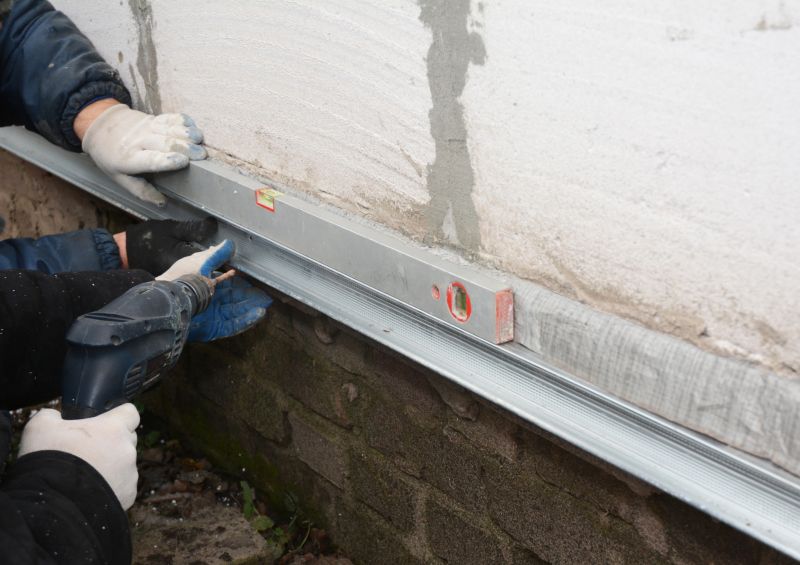
Visual representation of soil stabilization methods used during repairs.

Photo showcasing a professional assessment of a foundation.
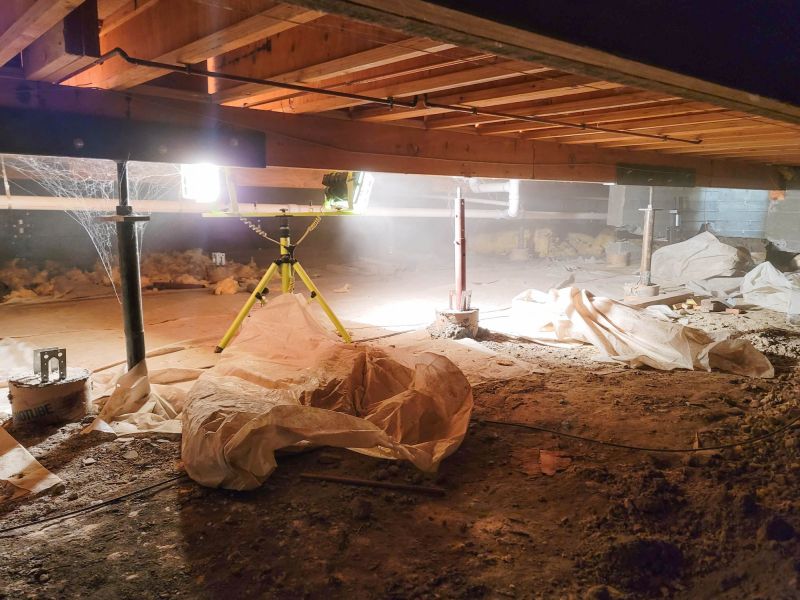
Ways to make Foundation Repairs work in tight or awkward layouts.
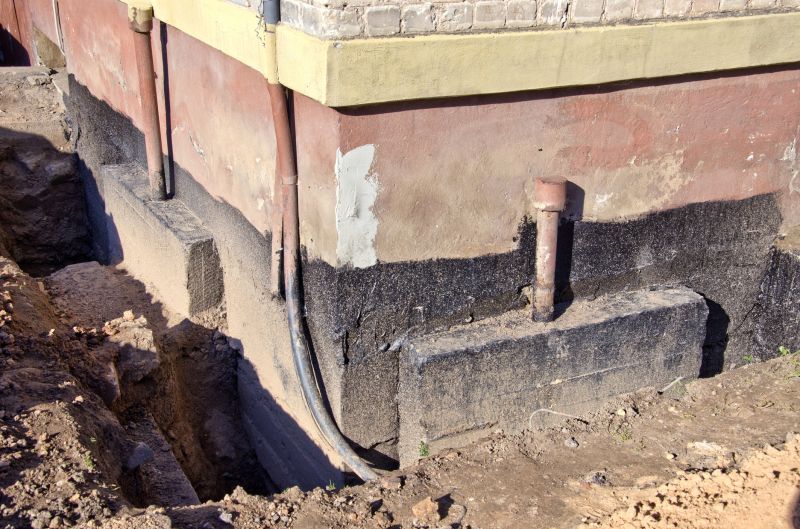
Popular materials for Foundation Repairs and why they hold up over time.
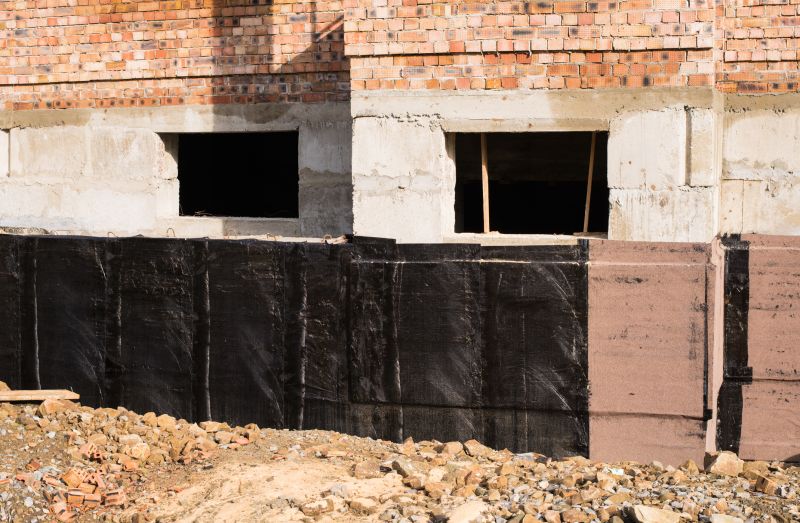
Simple add-ons that improve Foundation Repairs without blowing the budget.
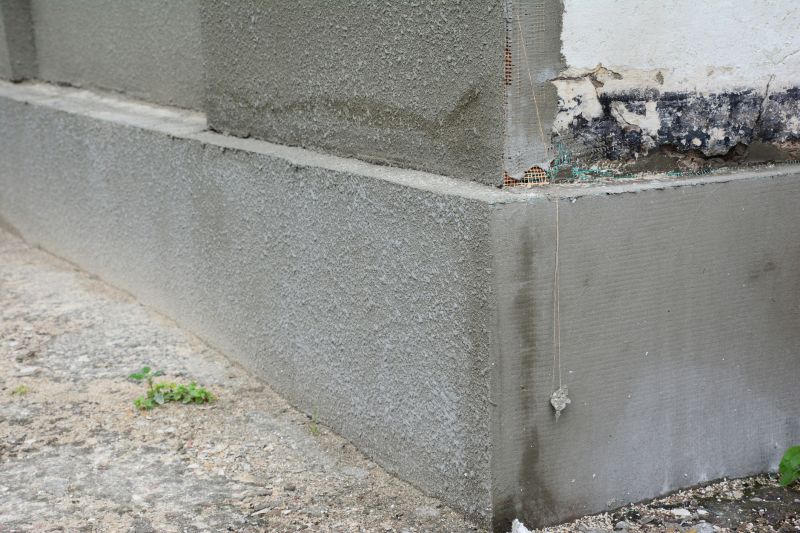
High-end options that actually feel worth it for Foundation Repairs.
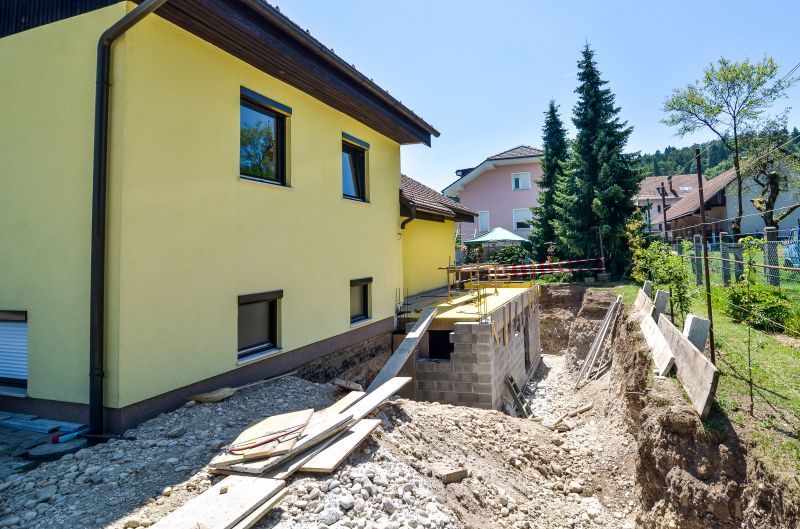
Finishes and colors that play nicely with Foundation Repairs.
Foundation repairs are essential for maintaining the structural integrity of a building. They address issues such as settling, cracking, and shifting that can compromise safety and property value. The timing of repairs can influence their effectiveness, with optimal conditions ensuring longer-lasting results.
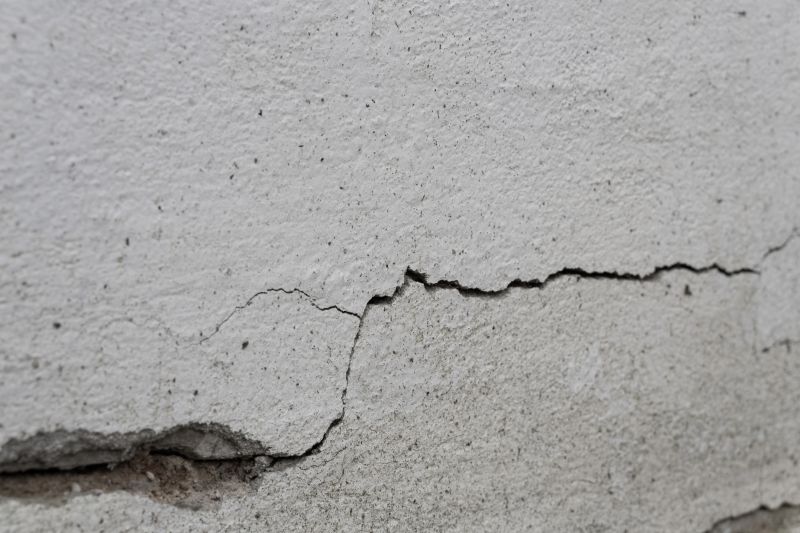
Close-up of a foundation crack requiring repair.

Image of underpinning techniques used to stabilize a foundation.
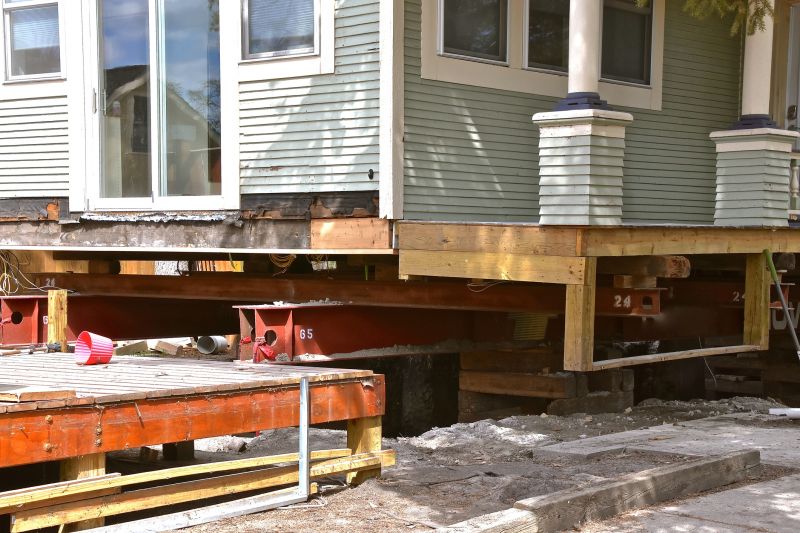
Foundation lifting process to correct settling.
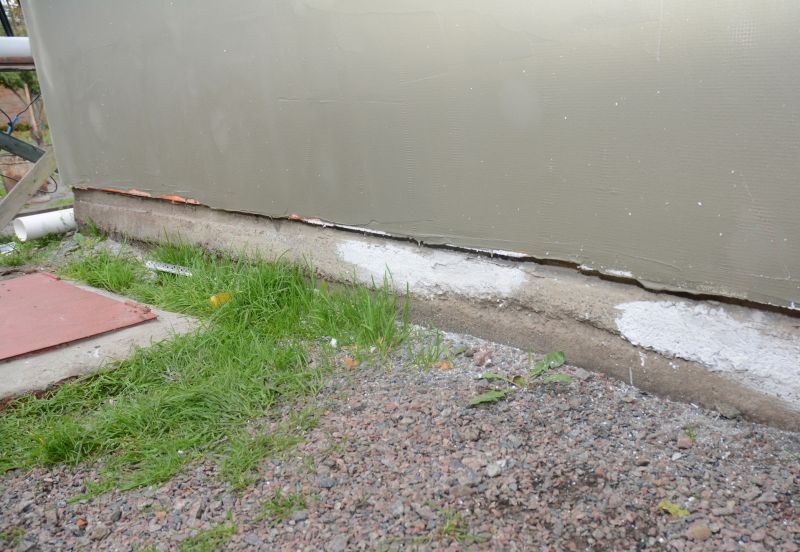
Inspection of a repaired foundation for quality assurance.
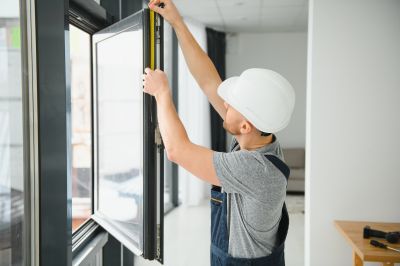
Little measurements that prevent headaches on Foundation Repairs day.
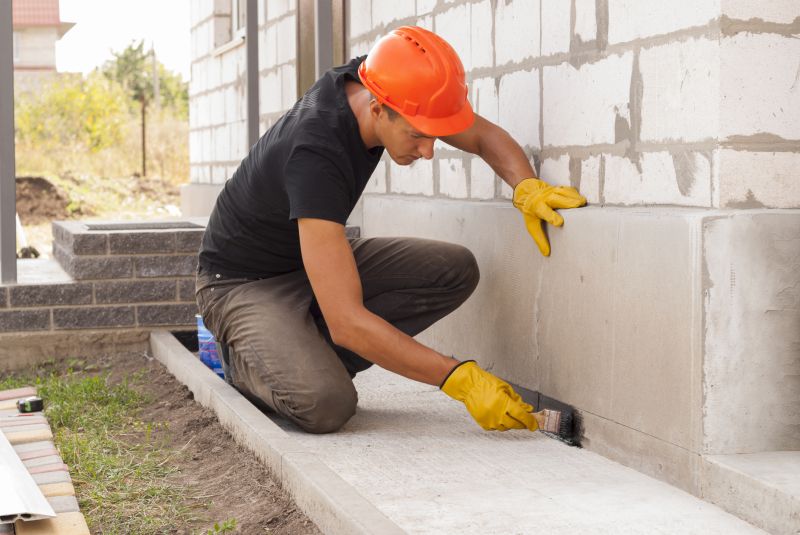
A 60-second routine that keeps Foundation Repairs looking new.
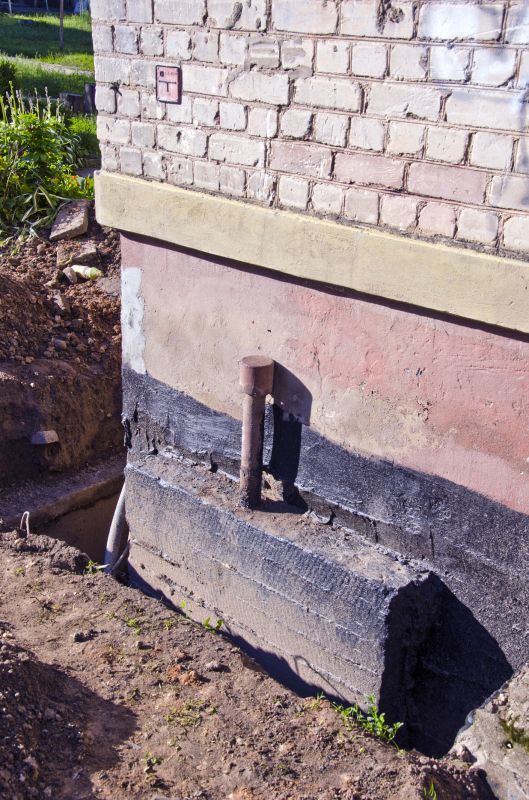
A frequent mistake in Foundation Repairs and how to dodge it.
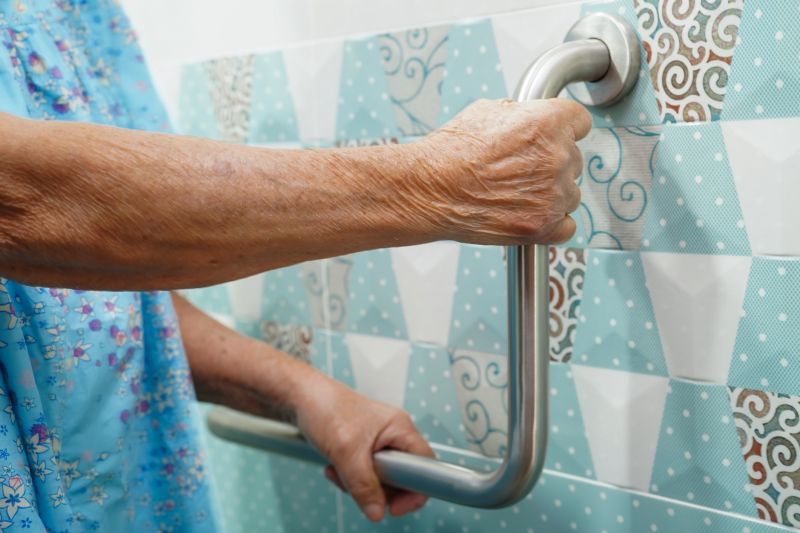
Small tweaks to make Foundation Repairs safer and easier to use.
| Aspect | Details |
|---|---|
| Ideal Repair Seasons | Spring and fall |
| Weather Conditions | Moderate temperatures and low humidity |
| Soil Stability | Stable moisture levels |
| Temperature Risks | Avoid extreme cold or heat |
| Structural Assessment | Professional evaluation recommended |
| Preventative Timing | Early intervention advised |
| Repair Durability | Enhanced during optimal weather |
| Cost Implications | Lower when repairs are timely |
Understanding the best timing for foundation repairs can lead to more durable and effective results. Consulting with a foundation specialist can help identify the most suitable window for repairs based on current conditions and structural needs.
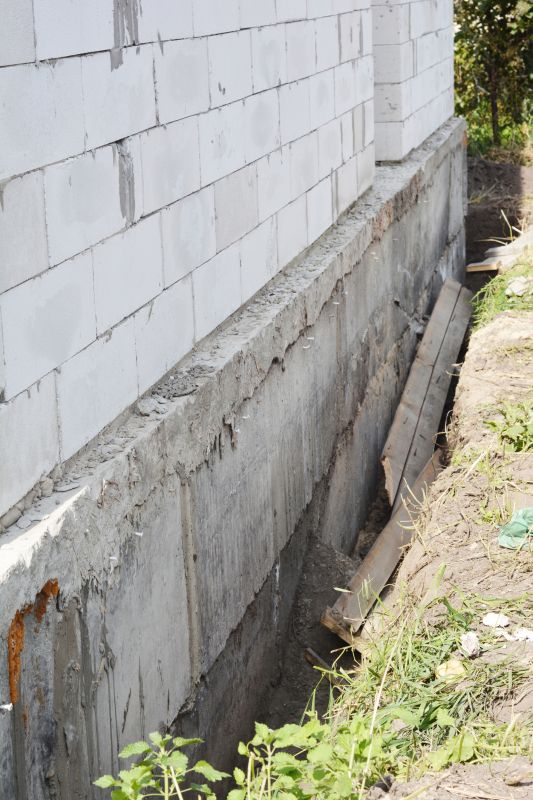
Diagram of planning process for foundation repair timing.
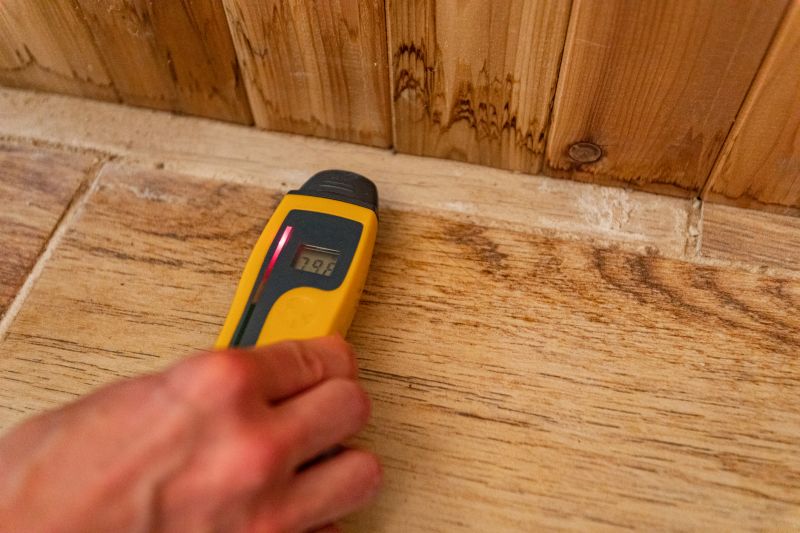
Tools used to monitor soil conditions before repairs.

Specialized machinery used during foundation stabilization.

Lower-waste or water-saving choices for Foundation Repairs.
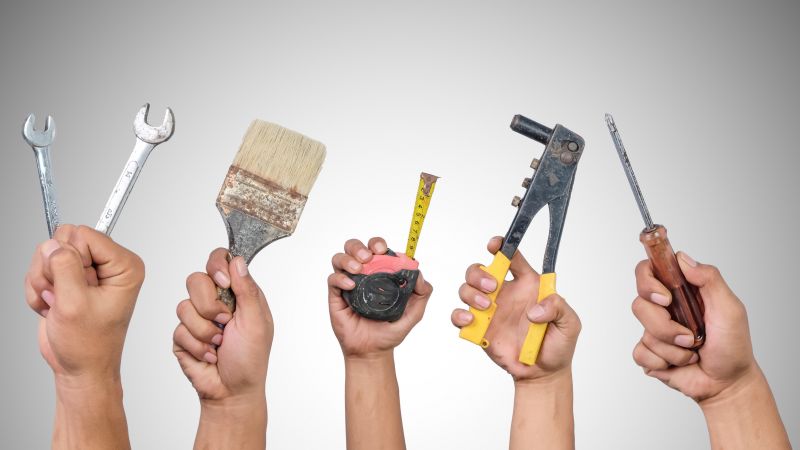
The short, realistic tool list for quality Foundation Repairs.
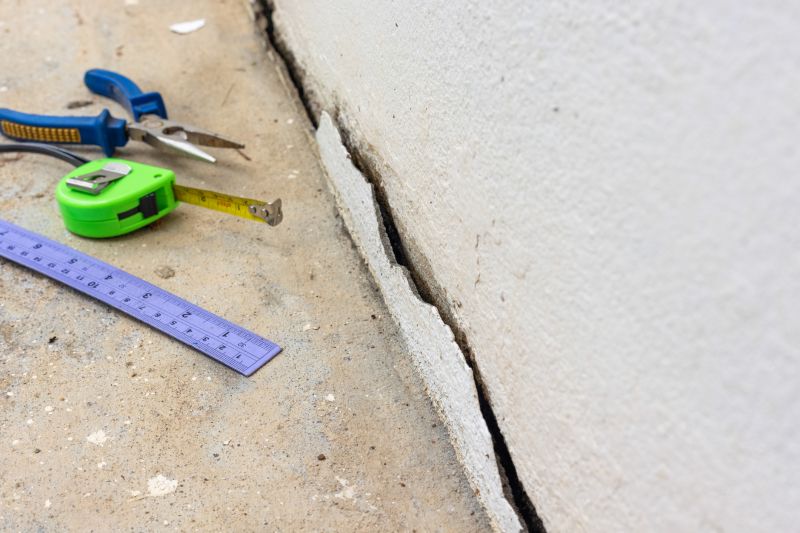
Rough timing from prep to clean-up for Foundation Repairs.
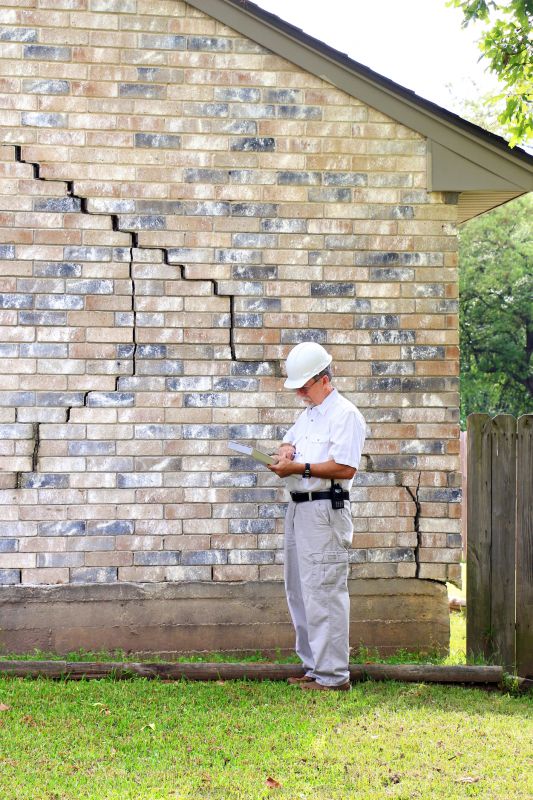
Quick checks and paperwork to keep after Foundation Repairs.
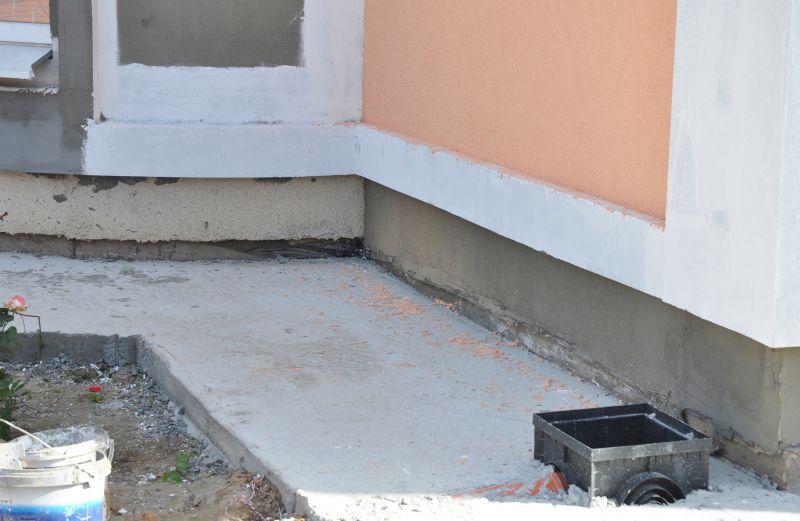
Examples that show the impact a good Foundation Repairs can make.
Interested property owners are encouraged to contact professionals for an assessment to determine the best timing for foundation repairs. Proper planning ensures structural stability and long-term durability.



